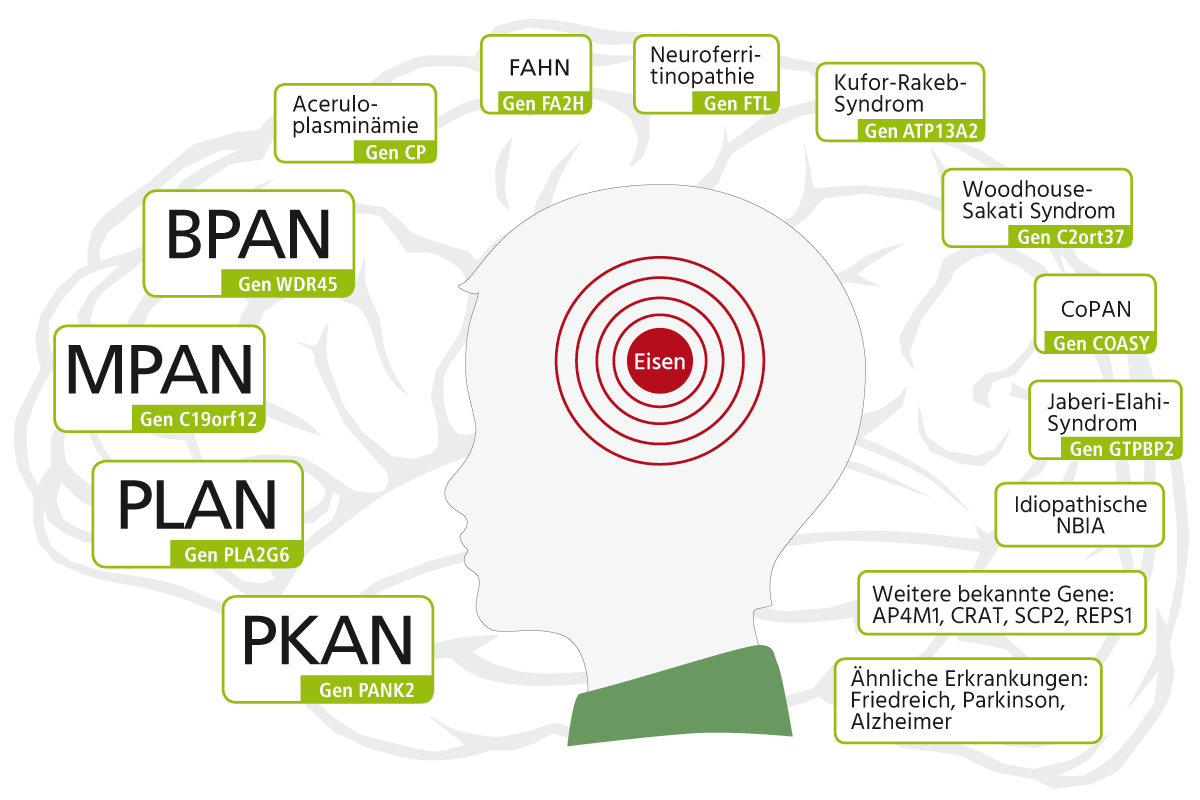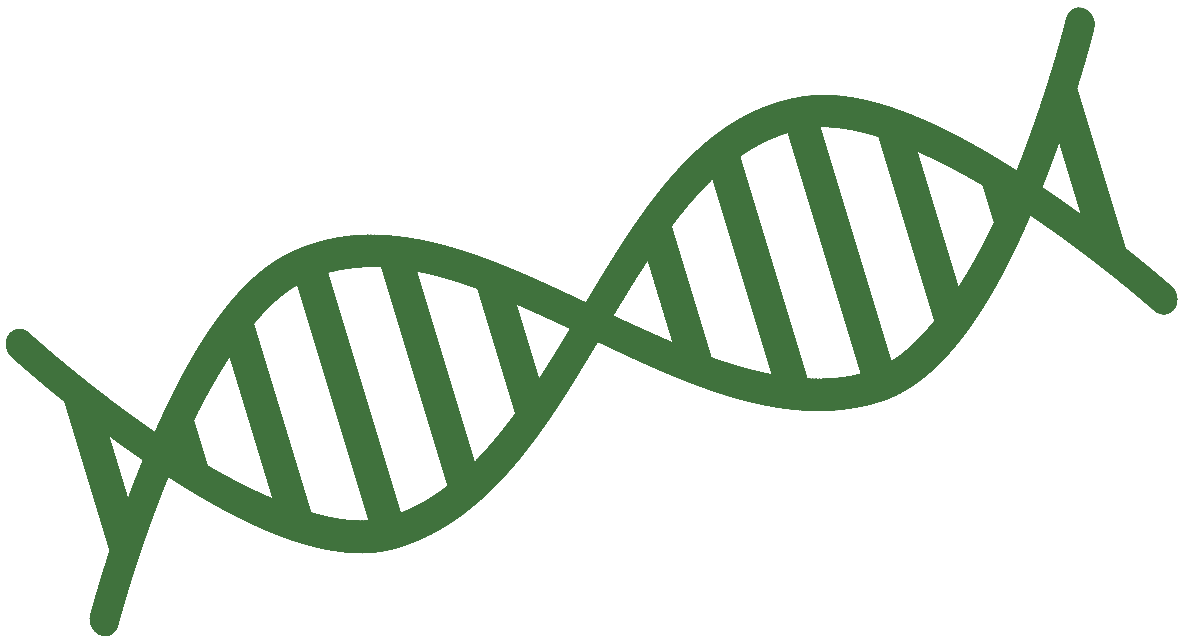
What is NBIA?
NBIA means Neurodegeneration with Brain Iron Accumulation. Neurodegeneration with Brain Iron ANBIA (Neurodegeneration with Brain Iron Accumulation) is the umbrella term for a group of progressive and currently incurable neurological disorders that usually begin in childhood or adolescence and are genetic in origin. NBIA disorders can be simply imagined as a mixture of Parkinson's and dementia in childhood. Those affected experience progressive movement and developmental disorders. Very rarely, the first symptoms appear only in adulthood.
Neurodegeneration means the loss of nerve cells. A characteristic of all NBIA disorders is also an abnormal iron deposit in the brain nuclei, the so-called basal ganglia. These are responsible, among other things, for the regulation of movement. The connection between iron accumulation and symptoms has not yet been fully clarified. Other metabolic processes specific to each NBIA disorder are probably of greater importance.
Developmental and movement disorders, behavioral problems, cognitive impairments, visual or speech disorders, or epilepsy can be the first signs, depending on the NBIA disorder. A clinical suspicion of NBIA is confirmed and specified by genetic tests or MRI imaging. If you have just received an NBIA diagnosis, please also read this special information: Newly diagnosed
Many patients develop pronounced dystonia. These are involuntary muscle cramps that lead to malpositions and excessive movements. Spasticity, ataxia, chorea, neuropathy, and parkinsonism can also occur in varying degrees. The movement disorders usually lead to the need for a wheelchair. Speech and swallowing disorders can lead to breathing and nutritional problems. Retinal or optic nerve degeneration, severe epilepsy, and psychiatric difficulties up to dementia are possible depending on the NBIA disorder.
NBIA is progressive, sometimes with longer periods of disease standstill between short phases of rapid deterioration. As the disease progresses, complications can occur and life expectancy is significantly reduced. There are currently only limited effective therapies, especially for muscle relaxation, which may provide temporary relief, but do not stop the progression. For PKAN, there are initial clinical trials with drugs that target the cause of the disease (see Current > Research).
The graphic shows the currently known NBIA disorders, each of which can be traced back to a mutation in a different gene. With an estimated prevalence of less than 10 affected individuals per 1 million, NBIA is very rare. The four most common NBIA disorders are BPAN, PKAN, PLAN, and MPAN. Only a small proportion of those affected carry mutations in one of the other known genes, or the cause of iron storage in the brain is still completely unknown (idiopathic NBIA).
Each NBIA disorder has a different characteristic disease progression with differently pronounced, but in some cases similar symptoms, because the fact that different genes are affected means that different metabolic processes are also disrupted in each NBIA disorder.
Click on an abbreviation in the graphic to obtain specific information on the individual NBIA disorders. Basic information on the inheritance of NBIA can be found at: Genetics
Overview of NBIA Disorders
Click on an abbreviation in the graphic!

Genetics
Here you will find basic information on genetic questions relating to NBIA disorders.
Publications and information material
Hoffnungsbaum e.V. provides well-founded information in its own publications and as information material.

